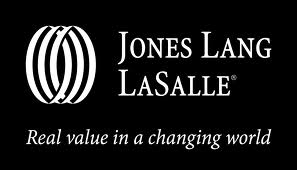 Corporations Looking to Real Estate Purely for Cost Cutting Face Major Financial and Operational Risks
Corporations Looking to Real Estate Purely for Cost Cutting Face Major Financial and Operational Risks
SINGAPORE, LONDON and CHICAGO, April 29, 2013 — Long a go-to for corporate cost cutting, corporate real estate has turned a corner and is becoming a solid productivity driver, with CEOs starting to reap the rewards of enhanced revenue, shareholder value and employee performance. A new Jones Lang LaSalle (JLL) report reveals that companies that view real estate assets singularly as a source of short-term cost reduction are actually incurring hidden long-term financial and operational risks.
JLL’s second biennial report on Global Corporate Real Estate Trends unearths the five top corporate real estate risks, including possible negative impacts to competitive advantage and profitability from cost cutting, procurement processes, lack of collaboration between functions and failure to drive productivity.
The 2013 survey, which measures insights from more than 630 corporate real estate executives in 39 countries, points to the prodigious pressure corporate real estate decision-makers are under as 68 percent of respondents recognize increasing demand from senior business leaders to enhance productivity of the real estate portfolio.
“The global financial crisis moved real estate up in importance to CEOs as a tangible lever for enhancing revenue growth. Our survey shows that more CEOs today are realizing that investing in long-term, revenue-focused corporate real estate strategies can best leverage their real estate assets to mitigate risks and increase long-term profitability,” said John Forrest, Global Director and CEO of Jones Lang LaSalle’s Corporate Solutions business in Asia Pacific. “While short-term cost cutting is tempting, sustainable financial and operational benefits are more often achieved when cost reduction and revenue-enhancing investments are considered together.”
JLL addresses the outcomes of these increased pressures in its Global Corporate Real Estate Trends report, which details the top five risks and rewards corporate real estate users are facing in 2013:
1. Singular focus on real estate cost cutting undermines potential rewards from revenue-enhancing investments
2. Procurement drives price- rather than value-driven outsourcing partnerships
3. Workplace productivity is frequently miscalculated in cost-per-square-foot terms, when contribution to business performance better characterizes returns
4. Collaboration with HR, IT and finance is a must for enhancing workplaces, yet silos continue to constrain joint efforts
5. Compromising real estate quality to enter high-growth global markets is dangerous
